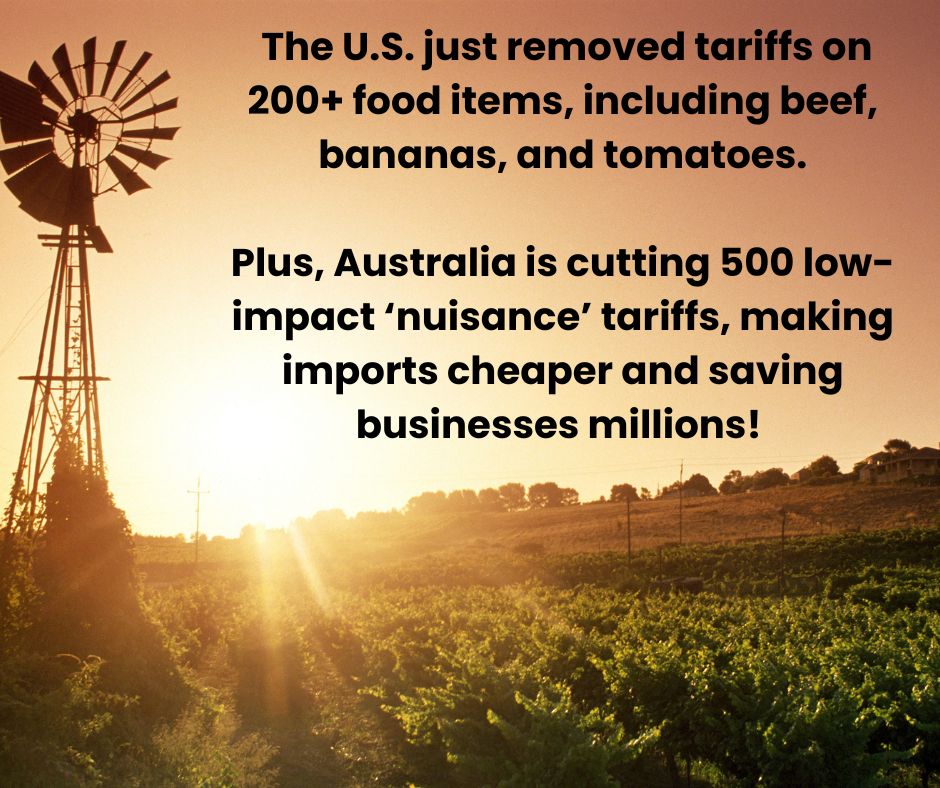Australia Gains Momentum in Trade: U.S. Tariff Removal and Domestic Reform Signal New Era

Over the past weekend, Australia experienced a notable shift in its trade landscape. The United States lifted tariffs on more than 200 food products, including Australian beef, while the Albanese government advanced its internal agenda to abolish hundreds of low-revenue “nuisance tariffs.” Together, these developments underscore a growing commitment to open trade and economic efficiency, promising opportunities for exporters and cost reductions for domestic businesses.
The U.S. decision, announced late Saturday, removed duties on key Australian exports such as beef, tropical fruits, tomatoes, tea, and coffee. Foreign Minister Penny Wong described the move as “a good thing for Australian beef producers,” highlighting the potential for increased market competitiveness. Analysts note that the rollback is partly a response to domestic pressure in the U.S. to ease grocery costs, illustrating how geopolitical considerations can intersect with trade policy. For Australian exporters, particularly in the red meat sector, the change could translate into immediate gains, though broader tariffs on other Australian goods remain in place, underscoring the incomplete nature of the concession.
Domestically, the government is simultaneously pursuing a long-term reform of Australia’s tariff framework by removing another 500 so-called nuisance tariffs. These low-impact duties often cost more to administer than they generate in revenue, imposing disproportionate compliance burdens on businesses. By streamlining these tariffs, the government expects to cut red tape, boost productivity, and reduce the cost of imported consumer goods. The reform affects a broad range of products, from air conditioners and televisions to wine glasses and tyres, with potential annual compliance savings estimated in the hundreds of millions of dollars. A public consultation process is currently underway to finalise the list, highlighting the government’s consultative approach and the political sensitivity of the changes.
Together, these developments reflect both strategic and economic considerations. The U.S. tariff rollback represents a diplomatic success, enhancing Australia’s leverage in ongoing trade discussions and supporting its exporters. Meanwhile, the domestic tariff reform demonstrates a sustained commitment to modernising trade architecture, signalling to global partners that Australia is serious about liberalisation and efficiency.
Yet challenges remain. The benefits from the U.S. tariff removal are concentrated in a few sectors, and achieving full reciprocity in U.S.–Australia trade relations is far from guaranteed. Domestically, the consultation process may alter the final list of tariffs removed, and industries affected by the changes may push back. Nevertheless, the trajectory is clear: Australia is actively reshaping its trade landscape to reduce friction, promote competitiveness, and strengthen its position in the global economy.
In the coming months, exporters, importers, and policymakers alike will need to monitor both the U.S. market response and the implementation of domestic reforms. For now, the weekend’s developments represent a tangible step toward a more open, efficient, and strategically positioned Australian trade system.